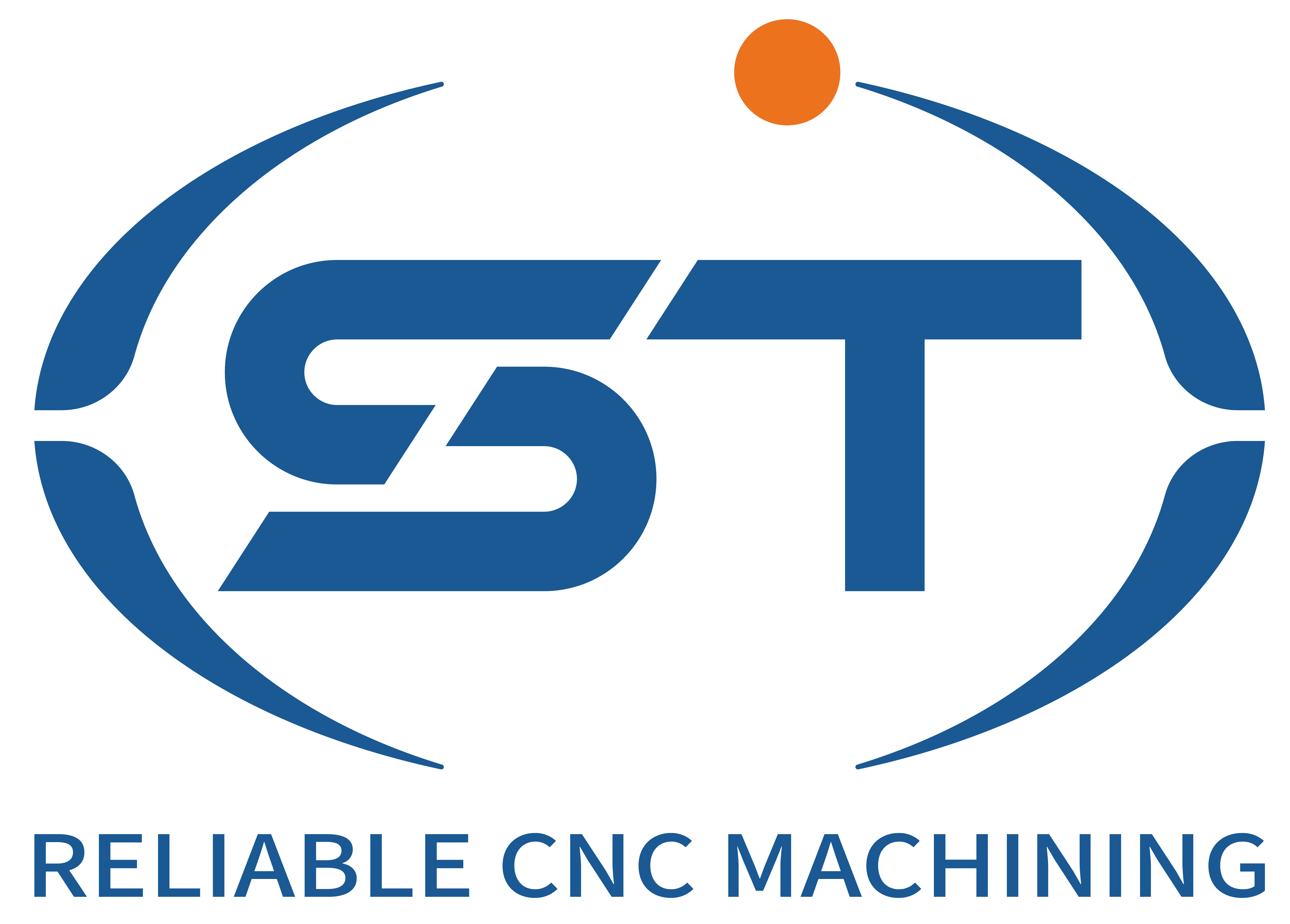When CNC-bewerking automotive parts, the requirements for verticality accuracy vary depending on the type and function of the parts. The following are some common situations and key points for improving verticality accuracy:
Common verticality accuracy requirements
Small workpieces: For individual small workpieces (such as forming, shaping tools, profiling cutting edges, profiling floating blocks, etc.), a right Angle is first made as the processing reference. The verticality is generally required to be maintained between 0.01 and 0.03. For small workpieces with a reference right-angle height within 100, it is necessary to ensure a perpendicularity of 0.01. Within 200, it must be guaranteed to be 0.02. For those above 200, it must be guaranteed at 0.03.
Automotive steering wheel-related parts: For parts used in automotive steering wheels, the perpendicularity between the outer edge of the tube and the dial surface should be within 5 microns (0.05 millimeters).
Key points for improving verticality accuracy
Precise tool setting: Tool setting is a crucial step in CNC machining for controlling dimensions, verticality and other accuracies. Tool setting can be done using a tool setting instrument, but due to its high cost and susceptibility to damage, manual tool setting can also be adopted. For instance, turn the handwheel to slowly approach the tool to the workpiece. When the tool is about 3mm away from the workpiece in the X and Z directions, adjust to the minimum magnifying gear and feed gently until fine iron filings are seen flying out. Then withdraw the support, stop the spindle, and lock the machine tool for measurement. When establishing the coordinates afterwards, directly input the measured values. However, due to straight and straight back cutting, the measurement error of the tool on the workpiece or other reasons may cause the workpiece error to exceed the tolerance. When the processing requirements cannot be met, the workpiece offset can be modified by changing the tool offset.
Modify the tool compensation value: If the workpiece error exceeds the tolerance due to the first tool setting error or other reasons and fails to meet the processing requirements, the workpiece can be modified. For example, for the control of radial dimensions, modifications are made at tool compensation 001-004 (including the reference tool) in accordance with the principle of “enlarge first and then reduce”.
Absolute programming is adopted: The coordinate origin of relative programming changes frequently, and cumulative errors will inevitably occur during the continuous displacement process. Absolute programming, on the other hand, has a relatively unified reference point throughout the process, namely the coordinate origin. Therefore, the cumulative error is smaller than that of relative programming. When CNC turning workpieces, the accuracy of the radial dimensions of the workpiece is generally higher than that of the axial dimensions. During programming, it is best to use absolute programming for the radial dimensions, and for important axial dimensions, absolute programming should also be adopted.
Combining program modification and tool compensation: After the program runs automatically, if the measurement stops and it is found that the workpiece dimensions do not meet the requirements or the dimensional changes are irregular, the method of modifying the program and tool compensation can be adopted for remediation. For instance, if the relevant dimensions in the original program remain unchanged, other dimensions in the program can be modified, and the tool compensation values are changed simultaneously. After double-edge trimming through program and tool compensation, and then calling the precision turning program, the dimensions of the workpiece can generally be effectively guaranteed.
Inspection and adjustment: After processing, high-precision measuring instruments such as three-coordinate measuring machines should be used to inspect the verticality of the parts. If the verticality does not meet the requirements, necessary adjustments and compensations can be made based on the test results. For CNC machine tools, mechanical errors can be corrected through the software compensation function.




